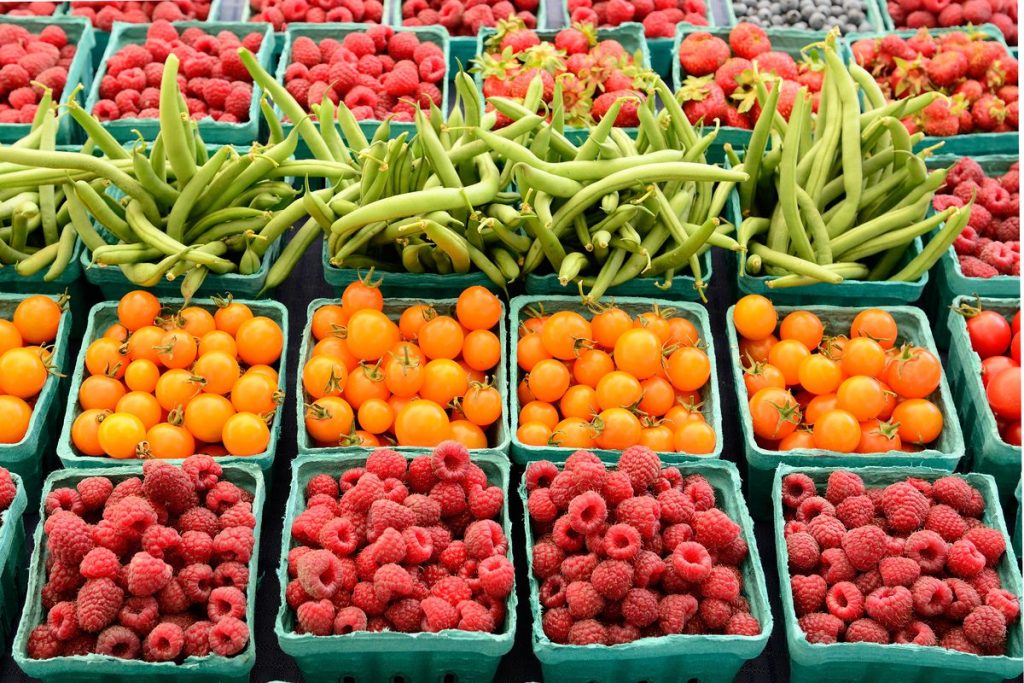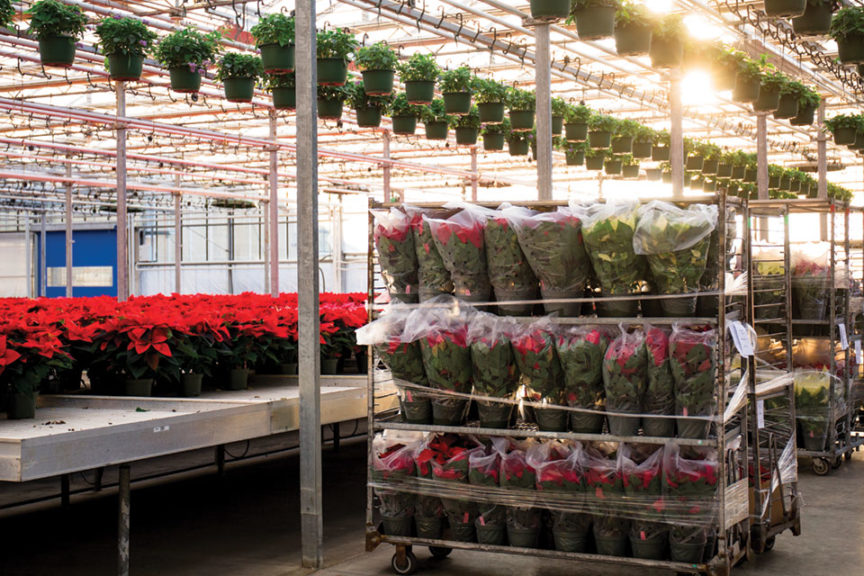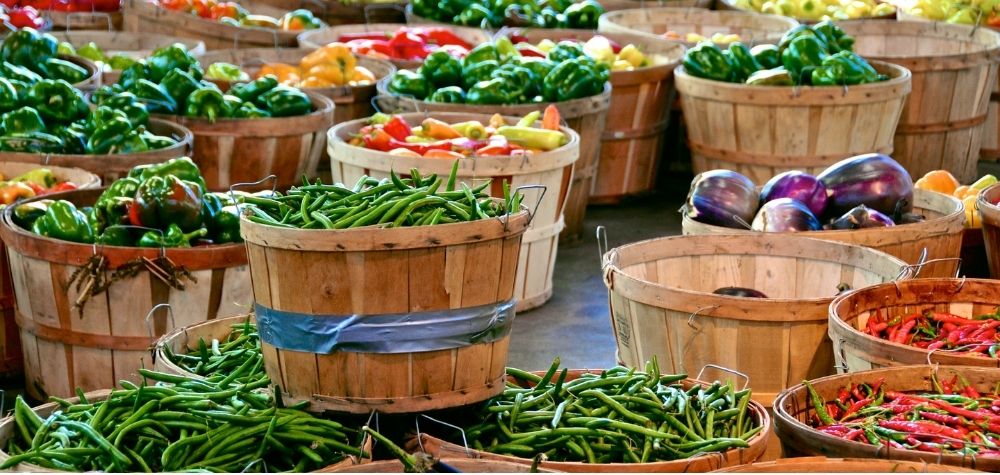A study by David Swenson found that a six-state region of the Midwestern United States is primed to increase its local food production. These six states are Illinois, Indiana, Michigan, Wisconsin, and Wisconsin. Swenson identified 28 fresh fruits and vegetables that could greatly increase regional farm sales, generating a retail value of more than $331 billion. The findings show that if more of these foods were grown, local food farms could provide consumers with more than two-thirds of the nation’s fresh produce.
Profitability of local food producers
The buzzword is “local,” and there is no denying its growing popularity. In 2012, sales of local and regional foods were $6.1 billion. In fact, it is so popular that the USDA has made it a priority to fund local and regional foods. In 2014, the Secretary of Agriculture has announced hundreds of millions of dollars for food hubs and value-added market growth. But does local food make good business? Let’s look at some of the challenges that farmers face to be profitable and thriving.
The Food Hub will launch a new program that will boost the profitability of local food producers. It will incubate small farms, provide access to the wholesale market, and develop the infrastructure and staff necessary to support their operations. The Food Hub will grow the local food industry in these counties and enhance tourism experiences for local consumers. In addition, Ento Farms will engage chefs and restaurants at Toronto festivals to test out new dishes made from insects.
Costs of production

The costs of local food production are not small. The cost of purchasing equipment, packaging, wages and tax payments are significant. Some farmers in Vermont take care of the land and the environment without receiving any compensation. In addition, many food products are priced below their true cost to produce. Many consumers balk at the cost. They want to buy locally produced food because they believe that it is ethical and reduces their environmental footprint. However, these producers often face financial hardship.
The cost estimates are based on financial information, and they are organised in a bottom-up cost assessment formula. The formula accounts for direct and indirect costs at the field level, and follows the Farm Accountancy Data Network (FADN) and the Agri-benchmark network. The cost data for food production on a global scale are also presented, using a novel global data set derived from scientific literature and agricultural data surveys.
Impacts of local food systems on the farm economy
Local food systems require infrastructure, access to land and other support. These supports can be provided through public land leases and by promoting food production and processing facilities. They can also be developed through business incubators and public policies that help farmers and food processors develop and expand. The local food economy can also benefit from financing tools such as tax rebates and revolving loans. These benefits can be leveraged to create jobs and stimulate local economies.
Several states have passed legislation to encourage local food systems. Illinois now ranks fourth in the nation in the number of farmers’ markets. In 2012, vegetables were the top menu item. Locally produced food is considered a competitive advantage. In many states, local food systems are also a key part of a healthy community. In Illinois, for example, the state recently approved a measure that would allow farmers to sell their produce at local markets.
Federal programs that support local food producers
The 2014 Farm Bill included funding for the Local Food Promotion Program, or FMLPPP. This program provides grants to local food businesses and supports the development of new direct-to-consumer marketing channels. In addition to supporting direct-to-consumer marketing channels, FMLFPP supports local food business enterprises to serve as intermediaries between producers and consumers. Local food business enterprises are the keystones of a vibrant local food economy, and this program helps them achieve their goals.
One example of a successful program is New York Thursdays, a school meal initiative that brings farm-fresh New York State foods into school lunch programs. In 2016, this program was launched in New York City schools and expanded to upstate New York. This program helps local farmers connect with a growing market and strengthens the agricultural industry. By using locally-grown foods, food service managers can offer students healthy, affordable meals and support the local economy.


